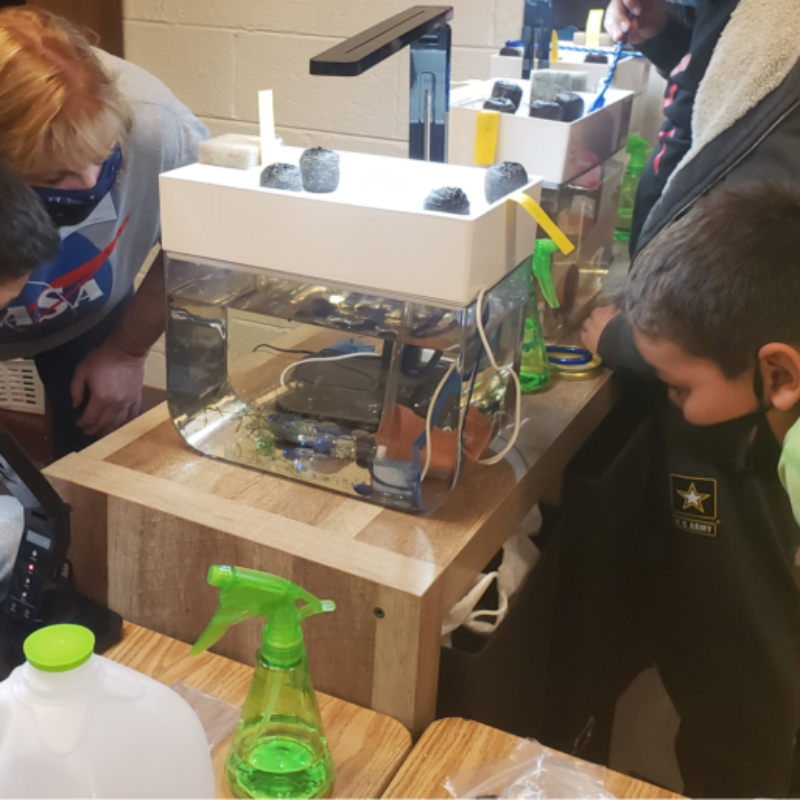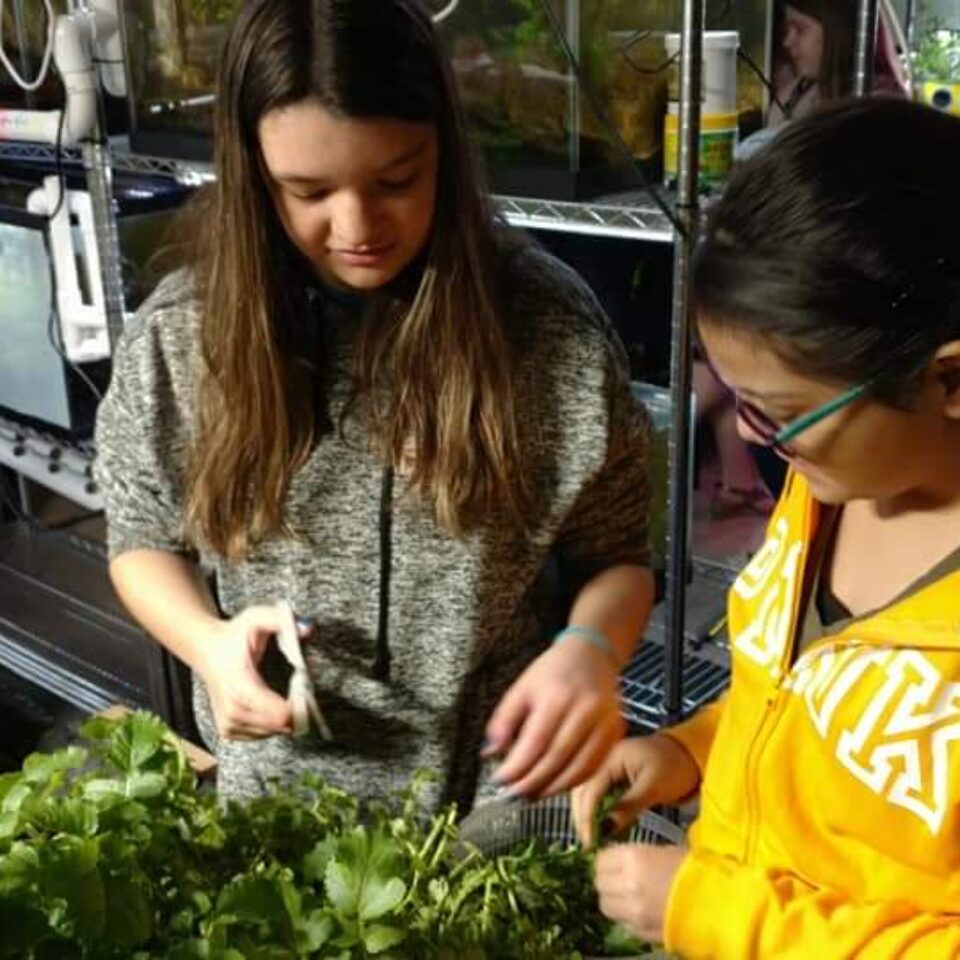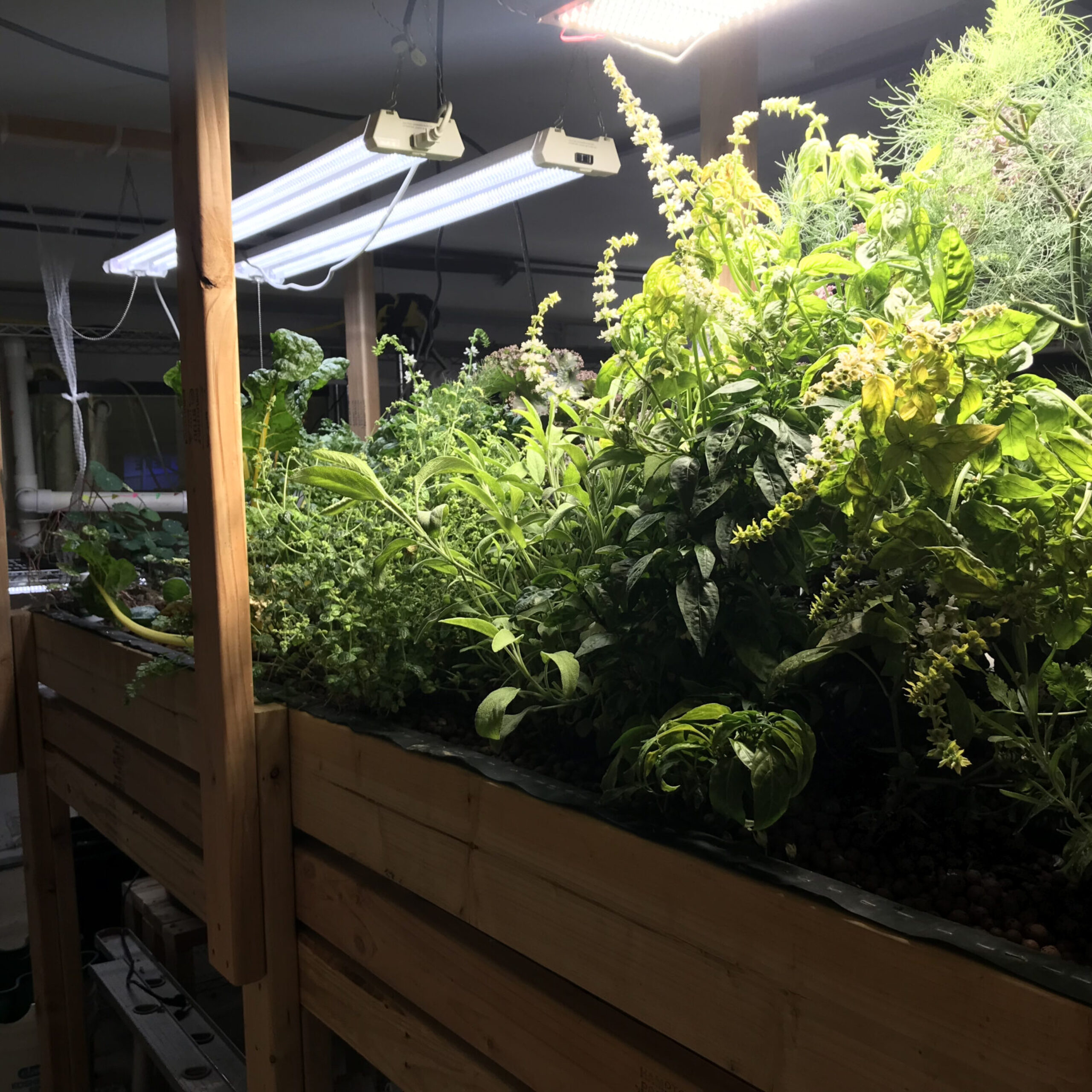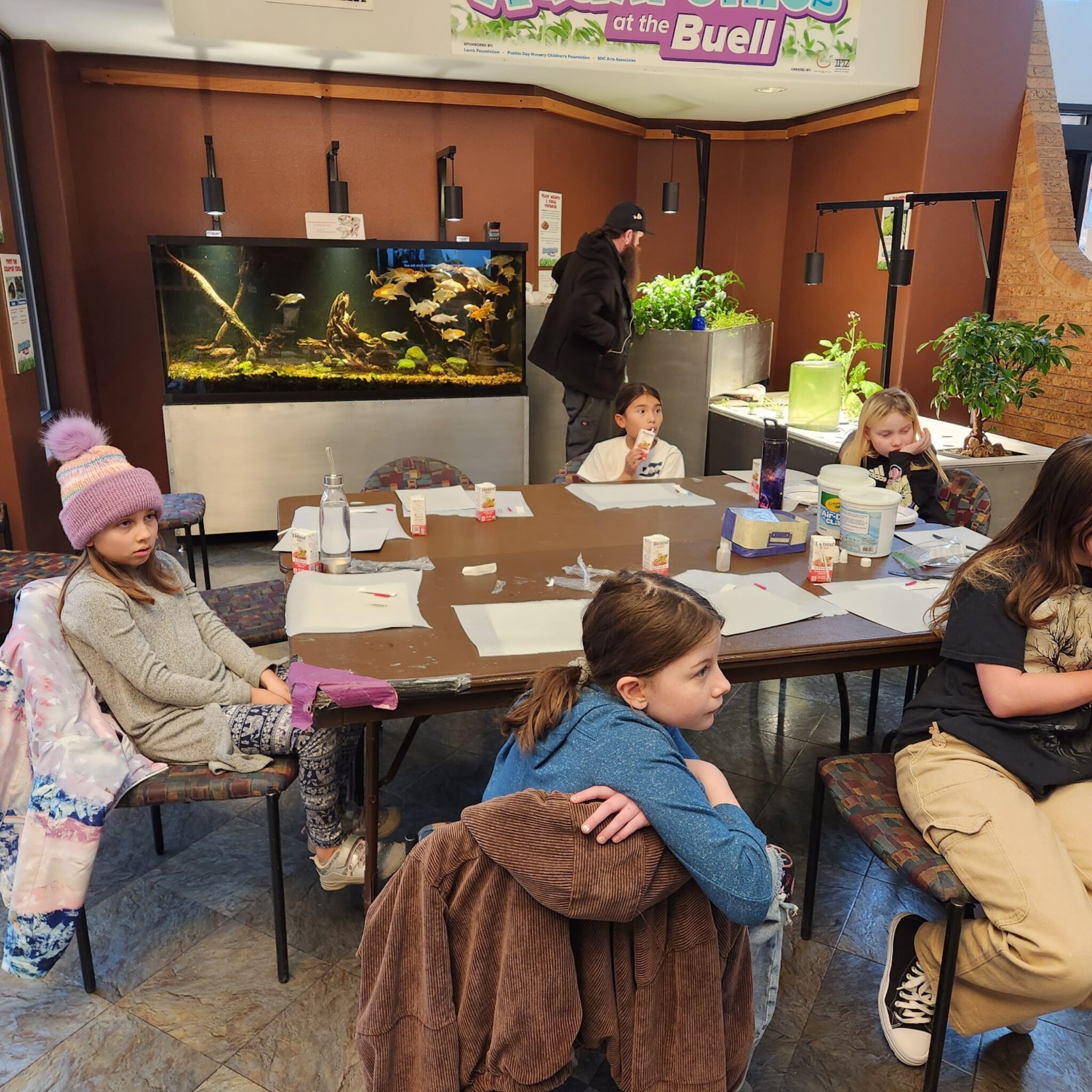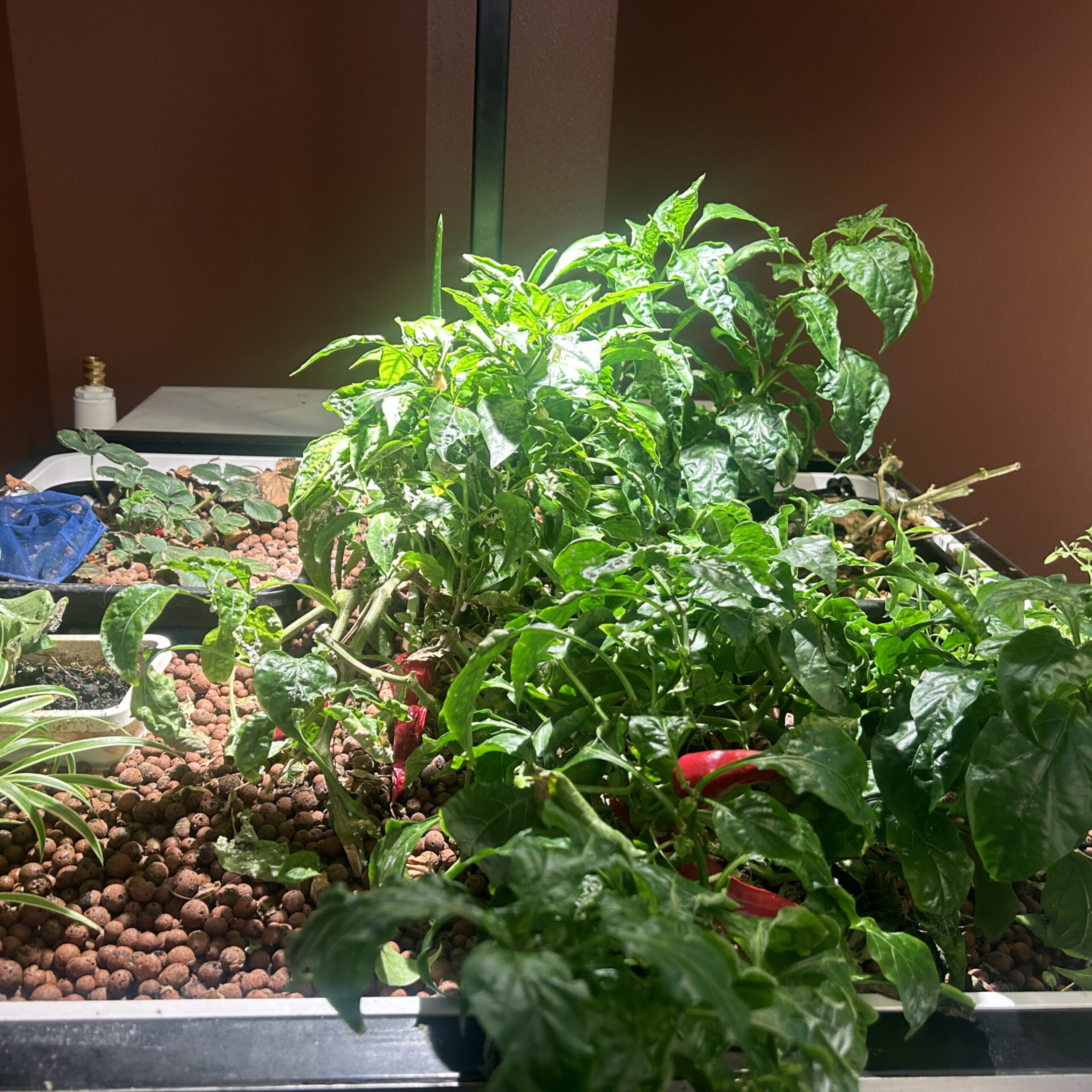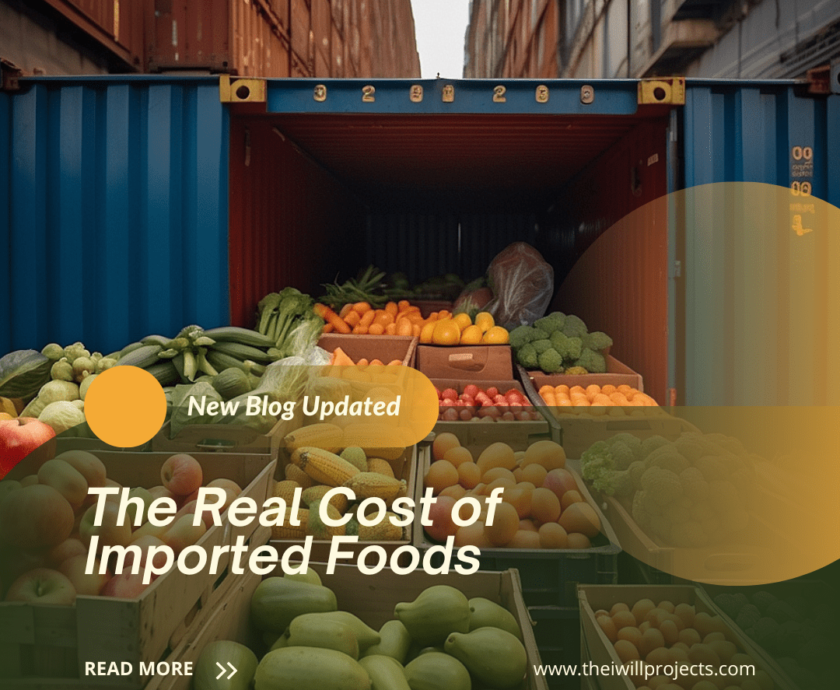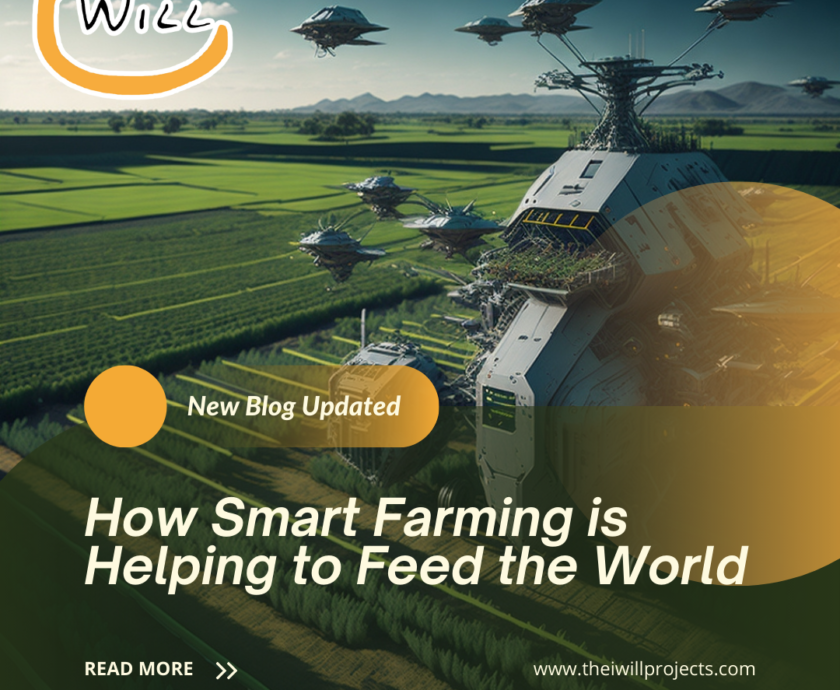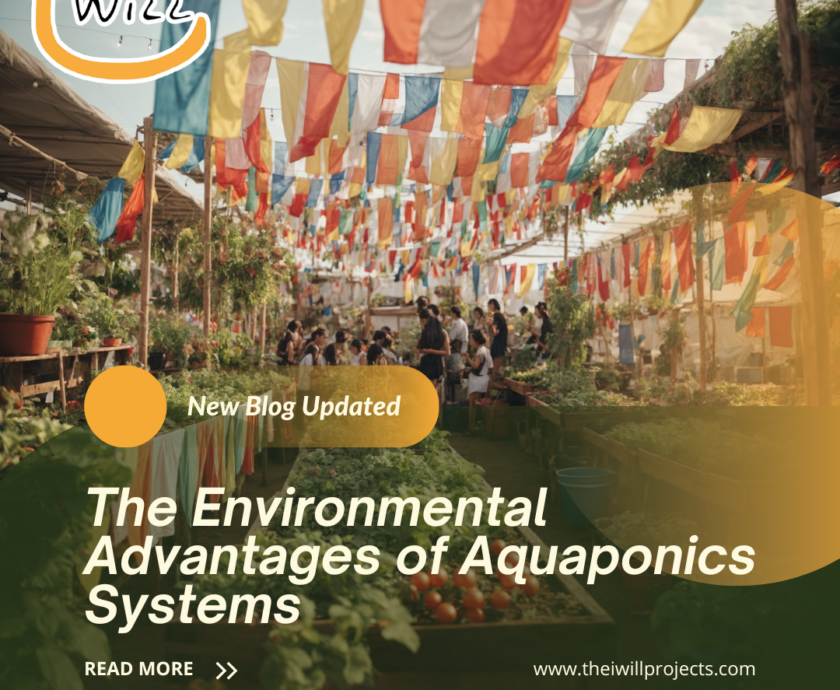“The food we eat, the clothes we wear, and the energy we consume are all tied to the health of our environment.” — David Suzuki
TweetTable of contents
- Introduction
- Meat Production and Environmental Impact
- Environmental Consequences of Meat Production
- The Carbon Footprint of Meat Production
- Global Water Crisis and Meat Production
- Deforestation and Land Use
- Public Health and Meat Consumption
- Social and Economic Dimensions of Meat Production
- Sustainable Alternatives to Meat Production
- The Ethical Dilemma of Meat Production
- Government Policies and Meat Production
- The Role of Consumers in Reducing Meat Production Impact
- Case Studies: Countries Leading the Way
- Conclusion: Charting a Sustainable Future
- FAQs
Introduction
The unseen impact of meat production on our planet is a story as vast and complex as our appetite for it. From juicy burgers to savory steaks, meat is a staple in many diets worldwide.
However, behind every sizzling piece of meat lies a hidden story—one that tells of environmental degradation, resource depletion, and social consequences that are often overlooked.
The impact of meat production on our planet is profound, with far-reaching implications that demand our attention and action.
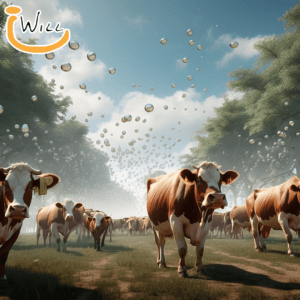
Meat Production and Environmental Impact
The Role of Meat in Modern Diets
In many cultures, meat is synonymous with prosperity, nutrition, and culinary delight.
As populations grow and incomes rise, so does the demand for meat.
The global meat industry has expanded exponentially over the past few decades, catering to this increasing appetite. Yet, this surge in meat consumption has not come without consequences.
The production of meat, particularly on an industrial scale, has significant environmental impacts that are often invisible to the average consumer.
Meat Production: A Historical Overview
Historically, meat was a luxury item for many, consumed only on special occasions.
However, the advent of industrial agriculture in the 20th century revolutionized meat production.
Innovations in farming technology, coupled with the development of synthetic fertilizers and pesticides, allowed for the mass production of animal feed. This, in turn, enabled the rise of factory farming—a system that prioritizes efficiency and output over environmental and ethical considerations.
Today, this system dominates global meat production, contributing to a range of environmental issues.
Environmental Consequences of Meat Production
Greenhouse Gas Emissions from Livestock
Livestock farming is a major contributor to greenhouse gas emissions, particularly methane, nitrous oxide, and carbon dioxide. This constitutes a significant part of the unseen impact of meat production.
Cows, in particular, produce large amounts of methane during digestion—a process known as enteric fermentation.
Methane is a potent greenhouse gas, with a global warming potential many times greater than carbon dioxide.
The meat industry, therefore, plays a significant role in accelerating climate change, with livestock responsible for approximately 14.5% of global greenhouse gas emissions.
Deforestation and Habitat Loss
To meet the growing demand for meat, vast tracts of forests are cleared to make way for pastureland and the cultivation of animal feed, such as soy and corn. This deforestation, particularly in regions like the Amazon rainforest, results in the loss of biodiversity and the destruction of vital ecosystems.
The conversion of forests into agricultural land also disrupts the carbon cycle, reducing the planet’s ability to absorb carbon dioxide and exacerbating the effects of climate change.
Water Consumption in Meat Production
Water is an essential resource in meat production, used in everything from growing animal feed to hydrating livestock and processing meat.
However, the amount of water required to produce meat is staggering. For instance, producing one kilogram of beef can require up to 15,000 liters of water, making the meat industry a significant contributor to the global water crisis.
As freshwater resources become increasingly scarce, the sustainability of such water-intensive practices is called into question.
The Impact of Meat Production on Soil Health
The industrialization of meat production has led to intensive farming practices that degrade soil health, representing a significant part of the unseen impact of meat production.
Monocropping, the practice of growing a single crop year after year, depletes soil nutrients and leads to erosion.
Additionally, the heavy use of chemical fertilizers and pesticides further harms soil ecosystems, reducing their ability to support diverse plant life.
Healthy soil is crucial for food security and carbon sequestration, and its degradation has serious implications for both agriculture and the environment.
Biodiversity Loss Due to Meat Production
The expansion of meat production contributes significantly to the loss of biodiversity.
Forests, wetlands, and other natural habitats are often destroyed to create space for livestock farming or to grow animal feed. This destruction leads to the displacement of wildlife and the extinction of species.
Moreover, the overuse of antibiotics in meat production contributes to the emergence of antibiotic-resistant bacteria, posing a threat to both animal and human health.
The decline in biodiversity not only disrupts ecosystems but also undermines the resilience of the planet in the face of environmental changes.
The Carbon Footprint of Meat Production
Comparing Meat Types: Beef, Pork, and Poultry
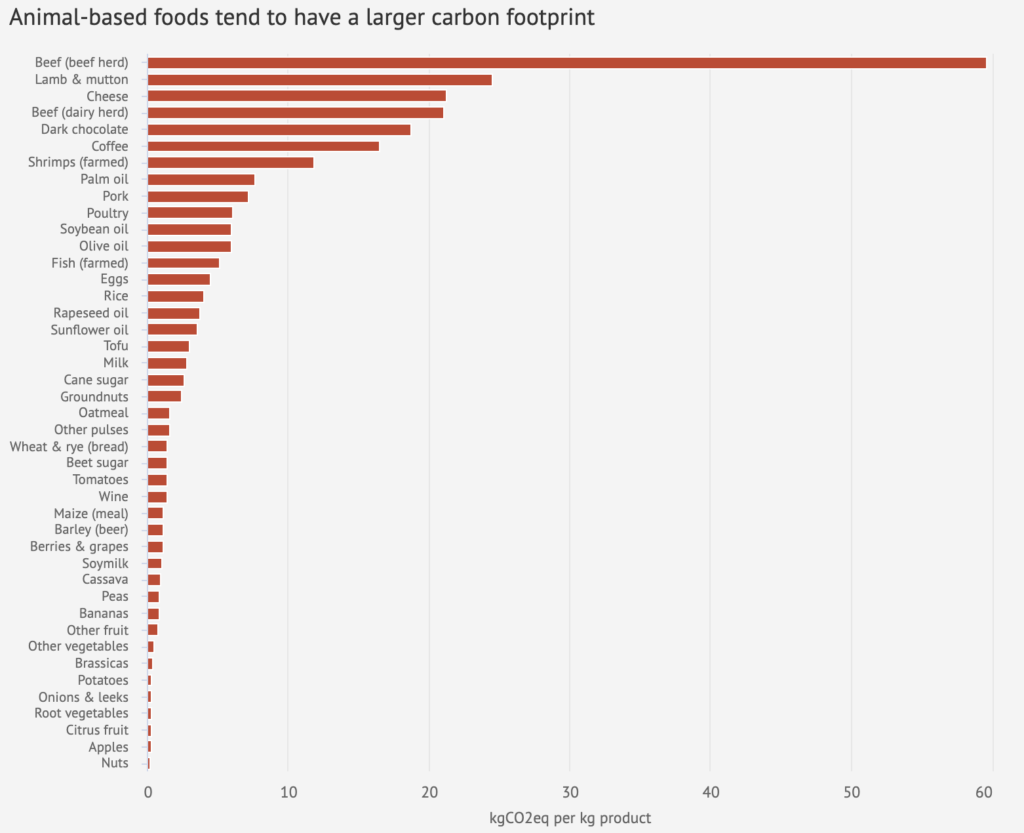
Greenhouse gas emissions per kilogram for different food groups. Adapted from Dr Hannah Ritchie/Our World in Data (2020) Data source: Poore & Nemecek (2018). Chart by Carbon Brief using Highcharts.
Not all meats are created equal when it comes to their environmental impact.
Understanding the unseen impact of meat production helps us make informed choices.
Beef, for example, has a significantly higher carbon footprint compared to pork and poultry. This is largely due to the inefficiencies in converting feed into meat and the high methane emissions from cattle.
Pork and poultry, while still resource-intensive, have a lower environmental impact but are not without their challenges.
The Hidden Costs of Animal Feed Production
The production of animal feed, particularly soy and corn, is a resource-intensive process that often involves deforestation, water depletion, and the use of chemical fertilizers and pesticides. These practices contribute to soil degradation, water pollution, and greenhouse gas emissions.
Moreover, the land used to grow animal feed could be used more efficiently to produce food for human consumption, highlighting the inherent inefficiencies in the meat production system.
Global Water Crisis and Meat Production
Water Usage in Beef Production vs. Plant-Based Diets
Beef production is one of the most water-intensive agricultural activities. In contrast, plant-based diets require significantly less water.
For example, producing one kilogram of vegetables requires only a fraction of the water needed for the same amount of beef.
As the global population grows and freshwater resources become scarcer, shifting towards plant-based diets can be a crucial strategy in mitigating the global water crisis.
The Water Footprint of Different Animal Products
Different types of animal products have varying water footprints. Dairy, for example, also has a high water footprint, although it is generally lower than that of beef.
Eggs and poultry, on the other hand, require less water but still contribute to the overall water demand of the meat industry.
Understanding these differences can help consumers make more informed choices and reduce their water footprint.
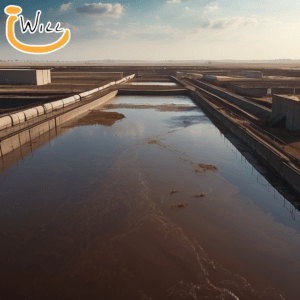
Deforestation and Land Use
Meat Production and the Amazon Rainforest
The Amazon rainforest, often referred to as the “lungs of the Earth,” is under severe threat from meat production, representing a stark example of the unseen impact of meat production.
Large areas of the Amazon are cleared each year to make way for cattle ranching and soy production, which is primarily used as animal feed.
This deforestation not only destroys one of the most biodiverse regions on the planet but also contributes to global climate change by releasing stored carbon dioxide into the atmosphere.
Grasslands and Savannas: The Silent Victims
While deforestation in tropical rainforests garners much attention, other ecosystems like grasslands and savannas are also being lost to meat production.
These ecosystems, which are home to a wide variety of plant and animal species, are being converted into agricultural land at an alarming rate. The loss of these habitats has a profound impact on global biodiversity and contributes to soil degradation and desertification.
Public Health and Meat Consumption
Antibiotic Use in Meat Production
The widespread use of antibiotics in meat production poses significant risks to public health.
Antibiotics are often used to promote growth and prevent disease in crowded and unsanitary farming conditions. However, this practice has led to the development of antibiotic-resistant bacteria, which can spread to humans through the consumption of meat or contact with animals.
The rise of antibiotic-resistant infections is a major global health concern, with serious implications for the treatment of bacterial diseases.
The Rise of Zoonotic Diseases
Zoonotic diseases, which are transmitted from animals to humans, have become more prevalent in recent years, in part due to the conditions in which animals are raised for meat production.
Intensive farming practices, particularly those involving close confinement of animals, create ideal conditions for the spread of infectious diseases.
The COVID-19 pandemic, which is believed to have originated from a zoonotic source, has highlighted the importance of addressing the public health risks associated with meat production.
Social and Economic Dimensions of Meat Production
The Global Meat Industry: Power and Profit
The global meat industry is a multi-billion-dollar enterprise with significant economic power, often overshadowing the unseen impact of meat production.
Large corporations dominate the market, controlling everything from animal breeding to processing and distribution. This concentration of power has significant implications for food security, labor rights, and environmental sustainability.
The industry’s influence on government policies and regulations often prioritizes profit over the well-being of people and the planet.
Labor Conditions in the Meat Industry
Workers in the meat industry often face poor labor conditions, including low wages, long hours, and exposure to dangerous working environments.
The rise of industrial-scale meat production has led to the exploitation of workers, particularly in low-income countries where labor laws may be weak or poorly enforced.
Improving labor conditions in the meat industry is not only a matter of social justice but also essential for the sustainability of the global food system.

Sustainable Alternatives to Meat Production
Plant-Based Diets: A Growing Trend
As awareness of the environmental and health impacts of meat consumption grows, more people are turning to plant-based diets.
These diets, which emphasize fruits, vegetables, grains, and legumes, have a significantly lower environmental impact than meat-based diets.
Plant-based diets also offer numerous health benefits, including reduced risk of chronic diseases such as heart disease and diabetes.
The growing popularity of plant-based diets is a positive trend that could help mitigate the environmental impact of meat production.
Lab-Grown Meat: The Future of Protein?
Lab-grown meat, also known as cultured meat, is an emerging technology that has the potential to revolutionize the meat industry and address many of the concerns surrounding the unseen impact of meat production.
By producing meat from animal cells in a controlled environment, lab-grown meat eliminates the need for animal farming and reduces the environmental impact associated with traditional meat production.
While still in the early stages of development, lab-grown meat could offer a sustainable and ethical alternative to conventional meat.
Regenerative Agriculture: Restoring the Balance
Regenerative agriculture is a farming practice that focuses on restoring soil health, increasing biodiversity, and reducing the environmental impact of agriculture.
In the context of meat production, regenerative practices include rotational grazing, which mimics natural ecosystems and helps restore soil fertility.
By adopting regenerative agriculture, farmers can produce meat in a way that is both sustainable and beneficial to the environment.
The Ethical Dilemma of Meat Production
Animal Welfare Concerns
The ethical treatment of animals is a significant concern in meat production.
Industrial farming practices often involve the confinement of animals in crowded and inhumane conditions, where they may be subject to physical harm and psychological stress. These practices raise serious ethical questions about the treatment of animals and the morality of consuming meat produced under such conditions.
Advocates for animal welfare argue for more humane farming practices or, alternatively, for reducing or eliminating meat consumption altogether.
The Moral Case for Reduced Meat Consumption
Beyond animal welfare, there is a broader moral argument for reducing meat consumption based on the environmental and social impacts of meat production.
The resources used to produce meat could be more efficiently used to feed a growing global population, and the environmental damage caused by meat production threatens the health of the planet.
Reducing meat consumption, therefore, is not only a personal choice but also a moral responsibility to future generations.
Government Policies and Meat Production
Subsidies and the Meat Industry
Government subsidies play a significant role in shaping the meat industry.
In many countries, subsidies are provided to farmers to support the production of animal feed or to reduce the cost of meat production. This artificial support can lead to overconsumption, exacerbating the negative impact of meat production on the environment.
Reforming subsidies to incentivize sustainable agriculture and reduce the overall impact of meat production is an essential step toward a more balanced and eco-friendly food system.
Environmental Regulations and Meat Production
Environmental regulations can help mitigate the impact of meat production by setting limits on greenhouse gas emissions, water usage, and land use.
However, the effectiveness of these regulations often depends on the political will to enforce them and the ability of governments to resist the influence of powerful industry lobbyists.
Strengthening environmental regulations and ensuring their enforcement is crucial for reducing the environmental impact of meat production.
The Role of Consumers in Reducing Meat Production Impact
Conscious Consumption: Small Changes, Big Impact
Consumers have a significant role to play in reducing the impact of meat production.
By making more conscious choices—such as reducing meat consumption, choosing sustainably sourced meat, or opting for plant-based alternatives—individuals can contribute to a more sustainable food system.
Small changes in dietary habits, when multiplied across millions of people, can have a significant impact on the environment.
The Power of Plant-Based Diets
Adopting a plant-based diet is one of the most effective ways to reduce the environmental impact of food consumption.
Plant-based diets require fewer resources to produce and generate fewer greenhouse gas emissions compared to meat-based diets.
By shifting towards plant-based eating, consumers can help reduce the demand for meat and encourage the development of more sustainable food production systems.
Meatless Mondays: A Simple Step for the Planet
Meatless Mondays is a global movement that encourages people to abstain from eating meat one day a week. This simple act can have a substantial impact on reducing the environmental footprint of our diets.
By participating in Meatless Mondays, individuals can make a positive contribution to the environment without making drastic changes to their lifestyle.
Case Studies: Countries Leading the Way
Denmark: A Model for Sustainable Meat Production
Denmark has emerged as a leader in sustainable meat production, thanks to its focus on reducing the environmental impact of agriculture and promoting animal welfare.
Danish farmers have adopted practices such as rotational grazing and organic farming, which help preserve soil health and reduce greenhouse gas emissions.
The country’s commitment to sustainability is also reflected in its policies, which support research and innovation in sustainable agriculture.
The Netherlands and Lab-Grown Meat Innovations
The Netherlands is at the forefront of lab-grown meat research and development, seeking innovative ways to address the environmental impact of meat production.
Dutch scientists were among the first to produce lab-grown meat, and the country continues to be a hub for innovation in this field.
The Dutch government has also provided support for lab-grown meat research, recognizing its potential to reduce the environmental impact of meat production.
The Netherlands’ leadership in lab-grown meat could pave the way for a more sustainable and ethical future for meat consumption.
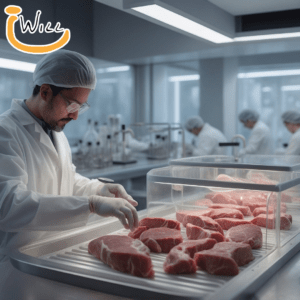
Conclusion: Charting a Sustainable Future
The challenges surrounding meat production are undeniably vast, but they aren’t insurmountable.
As awareness grows, the future of meat consumption will likely be shaped by conscious consumer choices, technological innovations, and progressive policy changes.
By embracing a combination of reduced meat consumption, sustainable alternatives, and groundbreaking solutions like lab-grown meat and regenerative agriculture, we can forge a path towards a food system that nourishes both people and the planet.
The time for action is now, to create a legacy of health, environmental stewardship, and abundance for future generations.
FAQs
Meat production is increasing due to growing global populations, rising incomes, and changing dietary preferences. As more people can afford meat, demand increases, leading to the expansion of the meat industry to meet this growing appetite.
Why is meat production unsustainable?
Meat production is unsustainable because it consumes more resources than the planet can sustainably provide, including land, water, and energy. The environmental degradation it causes, coupled with the growing demand for meat, means that the current levels of production cannot be maintained without significant harm to the planet.
Why is meat production bad for the environment?
Meat production is bad for the environment because it leads to significant deforestation, water depletion, greenhouse gas emissions, and loss of biodiversity. These activities result in habitat destruction, contribute to climate change, and strain natural resources, making the process environmentally destructive.
Why is meat production inefficient?
Meat production is inefficient because it requires a large amount of resources, such as land, water, and feed, to produce a relatively small amount of edible food. The conversion of plant-based feed into animal protein results in significant energy loss, making meat production a less efficient method of food production compared to direct plant consumption.
Is lab-grown meat a sustainable alternative?
Lab-grown meat has the potential to reduce the environmental impact of meat production by eliminating the need for animal farming and reducing resource use.
What is the water footprint of beef compared to plant-based foods?
Beef has a much higher water footprint, requiring up to 15,000 liters per kilogram, whereas plant-based foods require significantly less water.
How does meat production affect the environment?
Meat production affects the environment through deforestation, greenhouse gas emissions, water usage, and pollution. It contributes to habitat destruction, soil degradation, and climate change, making it a major factor in environmental degradation and the loss of ecosystems.
How can consumers reduce the environmental impact of their diet?
Consumers can reduce their impact by eating less meat, choosing sustainably sourced products, and adopting plant-based diets.
What is sustainable meat production?
Sustainable meat production involves practices that minimize environmental impact while ensuring the ability to meet ongoing demand. This includes adopting methods such as regenerative agriculture, rotational grazing, and reducing reliance on intensive industrial farming. Sustainable practices also emphasize animal welfare and efficient resource use.
How does meat production contribute to global warming?
Meat production contributes to global warming through the emission of methane, a potent greenhouse gas, from livestock digestion. Additionally, deforestation for pasture and feed crops releases carbon dioxide, and the energy-intensive processes involved in meat production further increase greenhouse gas emissions.
How can meat production be made sustainable?
Meat production can be made sustainable by adopting practices that reduce its environmental impact, such as regenerative agriculture, reducing the use of chemical inputs, and improving animal welfare. Additionally, encouraging plant-based diets and developing alternatives like lab-grown meat can help reduce the demand for resource-intensive meat production.
The I Will Projects, a 501c3 Non-Profit, promotes diverse solutions for global challenges. Our IFIZ education programs, emphasizing aquaponics, and insect farming, empower communities through knowledge, collaboration, and sustainable innovation. Find Out More.
Disclaimer: This article provides general information about environmental and health impacts related to meat production. The author is not an environmental or medical professional, and the content should not be considered a substitute for professional advice, diagnosis, or treatment. Any actions taken based on the information provided are at the reader’s discretion and responsibility. For specific environmental concerns or health issues, please consult with a qualified professional.



